Hello and a warm, if somewhat wet, welcome.
It's been a week defined by water with snatches of brightness and colour, all the more precious for their brevity. I have some words for you this week but a couple of tasks have kept me very busy, so I'm going to let my images do most of the talking this time.
Thank you for your comments in response to last weeks’ post ‘Vapour’. Knowing that these resonate greatly encourages me in my weekly writing.
Sunday
Dawns cold and clear, but every surface is saturated. It’s been a week to remind us that any lines that we draw between land and water are arbitrary.
I head for my usual haunting place, curious to see what Babet has left. The ground is littered: branches, lichen and leaves. For the first time this place is almost visibly ditched and there is a quiet rippling in places that bids me linger.
Monday
Water from fields still streams and pools. New bodies cross the land and settle at the feet of trees. The morning is frosted and lined with ice. The sun rises late but is welcome. Leaves fall like rain, their attachment loosened by the night’s cold.
After the morning's sociable walk I head back alone to spend time amid the birch and grass, before a glitch in the water occupies me.
Tuesday
After lunch I head out for a walk but leave the camera at home, my energy dissipated. How many photos do I need of this place?
The ditched stream beside the path is talking with a quieter voice today, but it still runs above the level of the path and spills out to flood. Lack of 'maintenance'? Too small a culvert pipe beneath? Either way, nature does not always submit to our attempts at control.
I spend time just listening to the day as the sun appears to chill the evening.
Wednesday
Writing day, but I have some reading that I’d like to share with you. It’s raining again and I feel like staying dry.
I’ve just finished reading Phillip Edwards’ detailed observations on place and nature in At the Very End of the Road. From the outset, I found resonance:
“Yet to me the largest part of a place, that which defines it, are the moments that we experience while present. Have you noticed that when you return to a place it is never the same? Your memory has fixed it like a photo or a video. It is a snapshot to which you can never return to because the place constantly changes and your memory of it has been filtered through your emotional response to it… But what if the place is described a hundred times? How much closer would that bring a reader to capturing its soul?”
Phillip describes his place many times over the course of a year. His writing is intensely rich, and he has certainly captured its soul. And given my own connection to place, I love the idea of describing place a hundred times. If you’d like to get a better feel for the book, there’s a nice extract over at the excellent Little Toller Books.
Thank you for reading FLOW. Until next week,
If you’ve enjoyed reading this and it sparks something for you, please leave a comment, or pass it onto a friend. Your support and encouragement help make writing this worthwhile.
If this is your first post and you’d like to catch up with recent content, there’s a home page for FLOW that lets you do so easily. FLOW is free to read, and if you’d like to receive it regularly each week, it’s easy to subscribe.



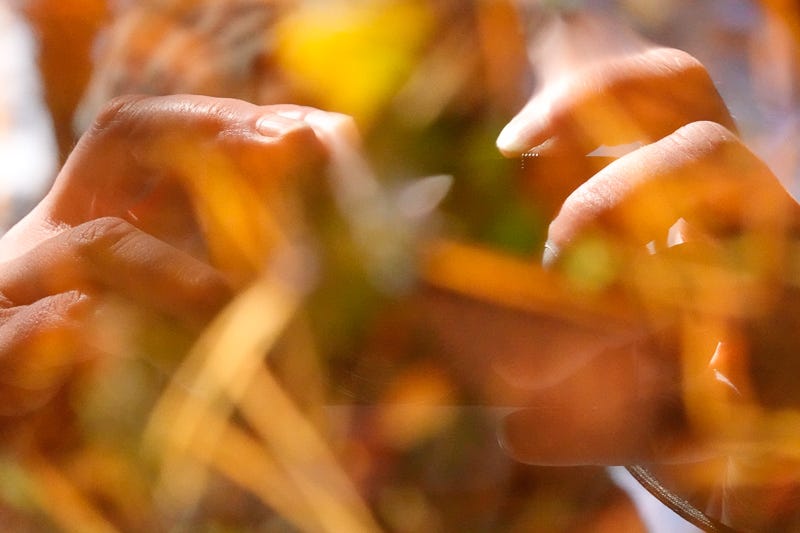

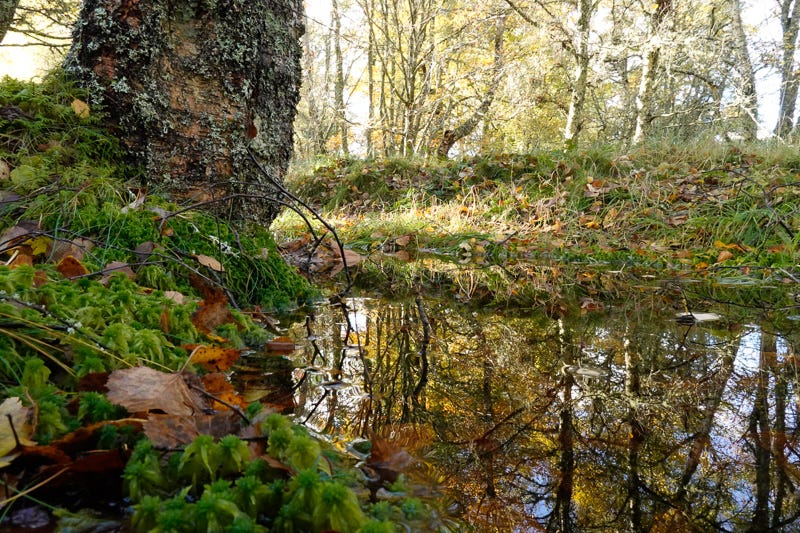
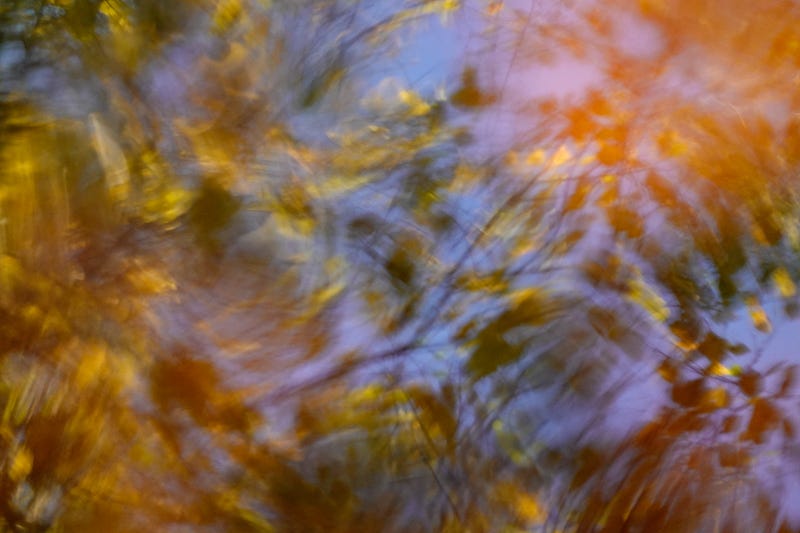



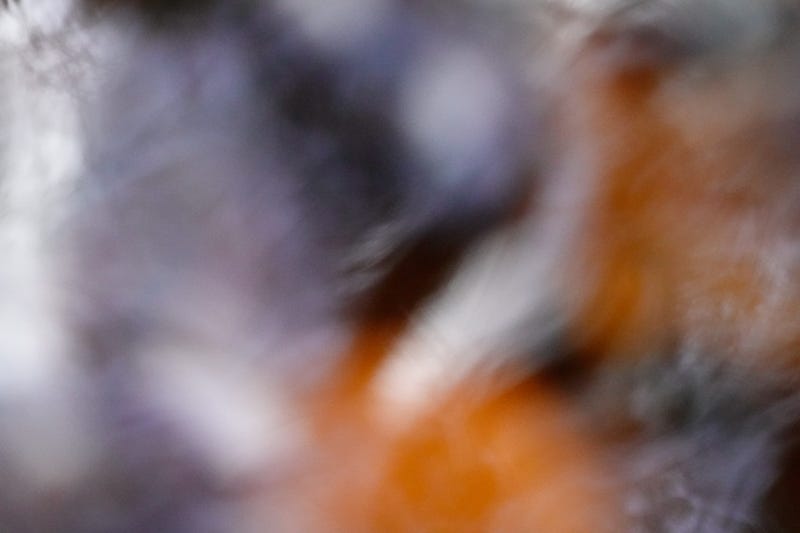
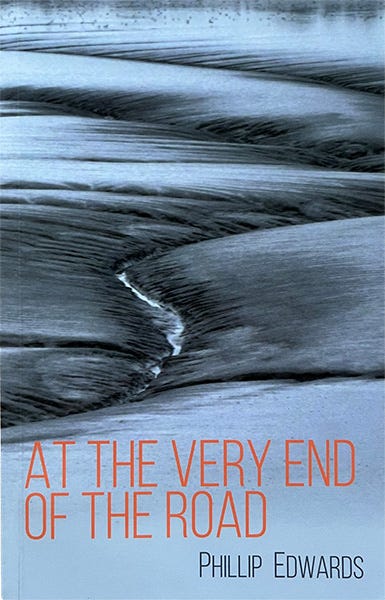

You've inspired me to get think about what barriers I'm putting in place for my creativity. I'm going to schedule time in the diary to get out and do something. A walk, time with the camera, time to explore other projects I've been thinking about. I need to work out how I can get back to balance in my creativity vs everything else!
Thank you for your recommendation... At The Very End of the Road. I've just ordered 2 copies, one for my youngest son and one for my library. Love your work!